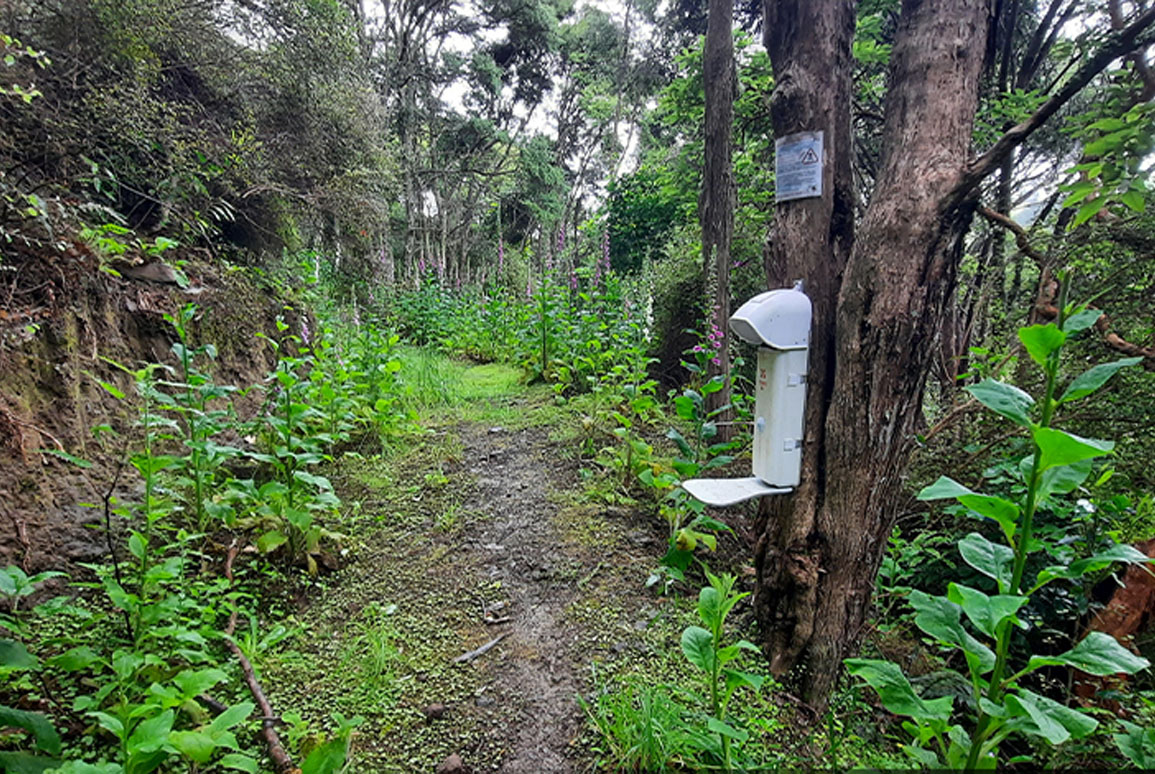You Need to Know: Why might resource consents require a pest management plan?
4 April 2023
Pest management is crucial to avoid extinction of New Zealand's threatened species. Management of introduced mammalian pests has come to the fore with the Predator Free 2050 programme, which aims to rid the country of rats, stoats and possums by 2050.

It is commonplace for pest management measures to be incorporated into development and resource use projects, such as those involving the energy sector, subdivision and infrastructure developments, and extractive industries.
The Resource Management Act (RMA) is New Zealand’s environmental legislation and requires the management of environmental effects resulting from development and resource use; typically by requiring a resource consent to undertake certain activities. Conditions attached to that consent, for many major development or resource use projects, may require the applicant to develop and implement a plan for ecological restoration: either to minimise, mitigate or offset adverse effects arising from the project.
Most restoration plans aim to protect and restore an existing natural ecological feature or species. This might be a forest remnant, stream, wetland or coastal habitat; or mitigation of the impacts of proposed works on native species through safeguarding them via removal of predators. A restoration plan can include a native planting scheme, mammalian pest control programme, pest plant control programme and the monitoring required to ensure objectives are met.
Restoration planning uses a landscape-scale approach; often looking beyond the scope of a project to understand how connectivity can achieve the greatest outcomes for biodiversity, cultural significance, social impact and economic opportunity. Pest management is a critical component of most restoration plans, covering key areas, such as target pest species, recommended control methods and timeframes through to budgeting and monitoring requirements.
Boffa Miskell has significant experience developing comprehensive restoration plans using the broad skills found within our Biosecurity, Ecology and Landscape Architecture teams. We have worked with private organisations, local community groups, and government organisations to provide guidance through the development of plans which meet project and community biodiversity objectives, while also providing cultural, social and economic benefits.
Biosecurity consultants work closely with clients and key stakeholders to develop pest control measures that are tailored to the project and the environmental setting, while ensuring that the restoration objectives are realistic, achievable, and will obtain the desired measurable results.
While the RMA is currently undergoing major reform, it will take some time for the new laws, once enacted, to be implemented throughout regions. Furthermore, the requirements to develop and implement restoration and pest management plans will carry over into the new environmental management framework that we will all be operating under.
We have been involved in the strategic and operational planning for several of New Zealand’s predator-free landscape projects, provided weed management plans, restoration plans to offset for sensitive urban, rural and coastal developments, and developed new pest species management techniques and tools. Our team of consultants can also assist clients with the implementation of plans, by managing contractors in high-risk environments.
Find out more
Preventing the spread of invasive species: what you need to know
For further information please contact Dr. Helen Blackie, Dr. Lee Shapiro, Marcus Girvan, Adam Willetts or Tanya Cook

